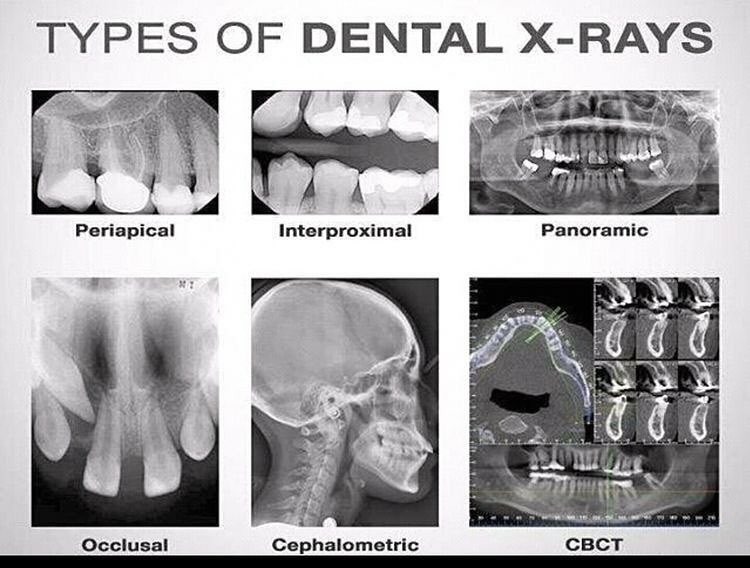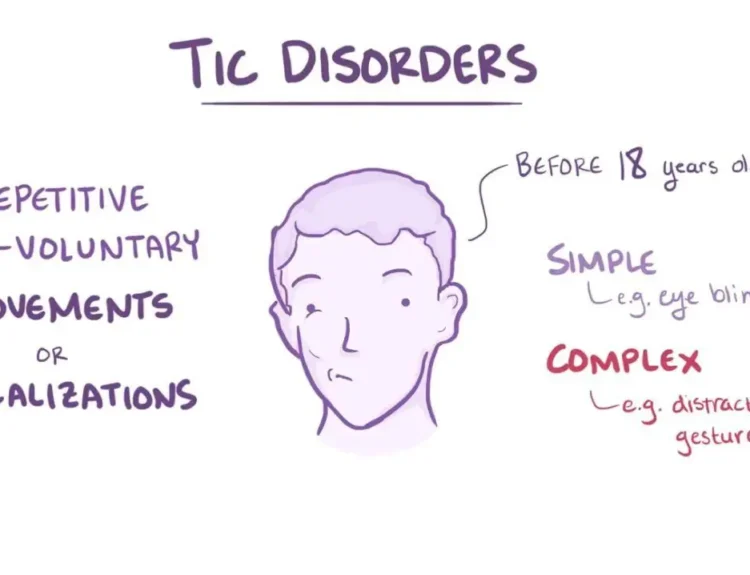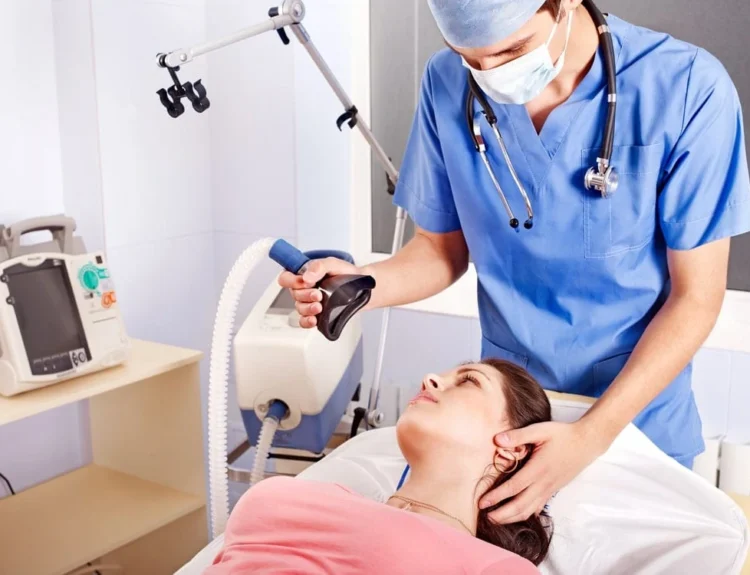Dental X-rays are an essential diagnostic tool in modern dentistry. They provide critical information about oral health that is not visible during a routine clinical examination. They help to detect hidden cavities, assess bone health and development of teeth, and diagnose periodontal disease, among other conditions. However, concerns about radiation exposure and its potential health risks have led to questions about the their safety. Patients show curiosity about the number of permissible X-rays one can undergo annually.
Radiation Dose and Safety
Dental X-rays are safe due to the extremely low levels of radiation used during the procedure. Digital X-ray units have further reduced radiation exposure compared to traditional film-based X-rays. According to the American Dental Association (ADA), the amount of radiation emitted during a dental X-ray is minimal. It is equivalent to the natural background radiation a person exposes to in a day or less.
To understand radiation exposure, we use millisieverts (mSv) as the unit of measurement. A standard intraoral dental X-ray delivers approximately 0.005 mSv, while a panoramic X-ray delivers about 0.01 mSv. This is considerably less than the average yearly background radiation from sources like the sun and soil, which is around 3.1 mSv. In addition, a full-body CT scan results in a much greater exposure, roughly 10 mSv.
Cone-beam computed tomography (CBCT) represents an advancement in imaging, providing detailed three-dimensional views. While delivering a slightly higher radiation dose than traditional dental X-rays (0.02–0.1 mSv), it remains significantly lower than medical CT scans, offering enhanced diagnostic capabilities with a strong safety profile.
The risk of adverse effects from dental X-rays is negligible, especially when compared to the benefits of early detection and treatment of dental problems. However, dentits follow the principle of ALARA (As Low As Reasonably Achievable) to ensure that radiation exposure is minimal without compromising diagnostic quality. This includes using lead aprons and thyroid collars to shield sensitive areas, employing high-speed film or digital sensors to reduce exposure time, and limiting X-rays to only when necessary.
Number of Permissible Dental X-rays Annually
There is no universal limit on the number of dental X-rays a person can have in a year. The need for X-rays varies depending on individual oral health conditions, age, and risk factors. The attending dentist determines frequency of dental X-rays based on guidelines provided by professional organizations.
For most adults with good oral health, dentists recommend bitewing X-rays once every 12 to 24 months. For children, adolescents, and individuals with a history of dental problems, X-rays may be taken more frequently to monitor growth, development, and treatment progress. A full-mouth series of X-rays, which includes 14 to 21 images, is usually taken every three to five years, depending on the patient’s needs.
Pregnant women should to avoid routine dental X-rays unless absolutely necessary, as a precautionary measure to protect the developing fetus. However, if an X-ray is essential for diagnosis or treatment, proper shielding can minimize radiation exposure to safe levels.








